Kinetic artist Jesús Rafael Soto is feted with a duet of retrospectives in Paris and New York
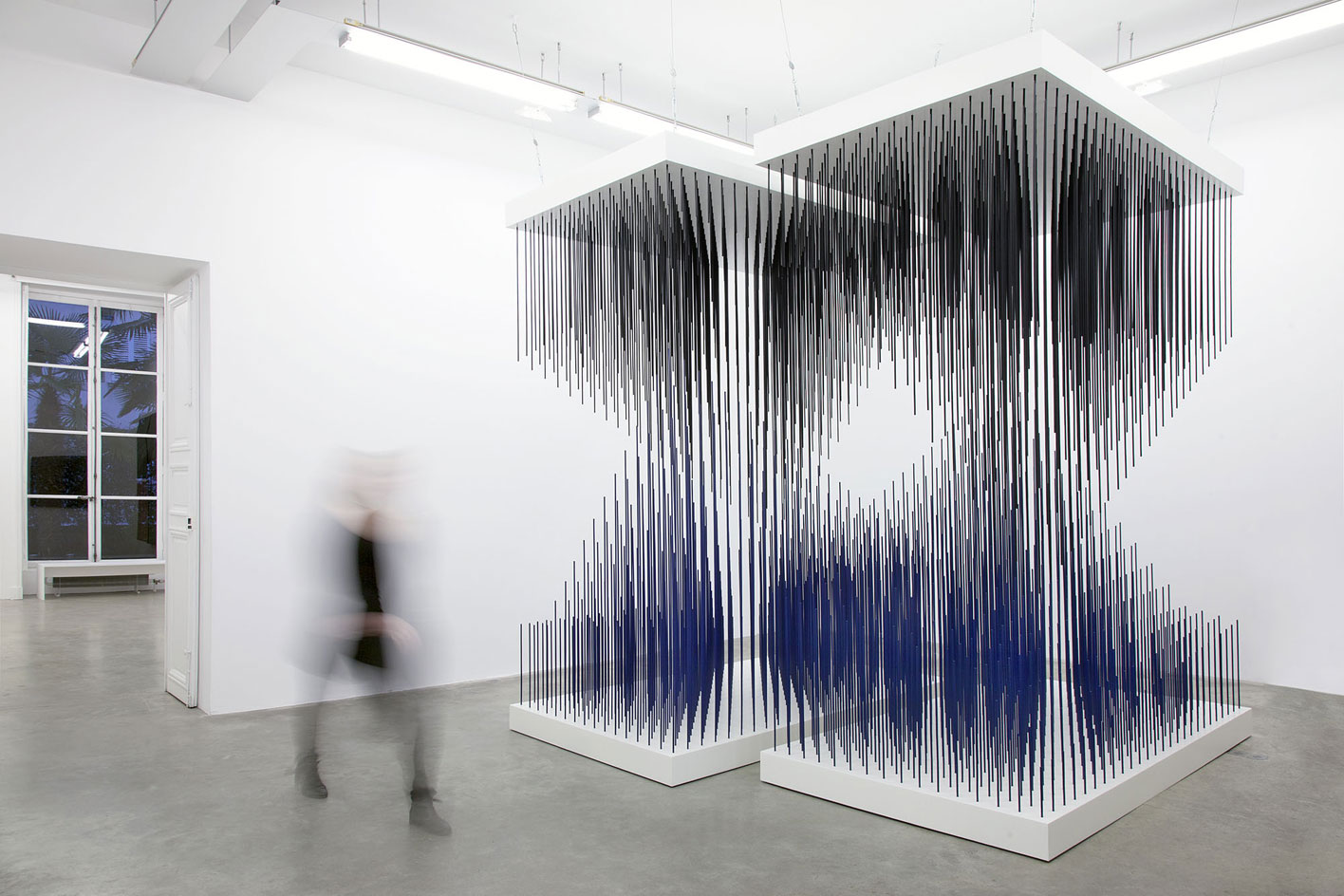
At Emmanuel Perrotin’s Paris gallery, visitors appeared to be lingering around the artworks more than usual. One cannot just stand and stare at Jesús Rafael Soto’s highly technical constructions. 'Pénétrable BBL bleu', a particularly striking example of his work, invites viewers to swish through its baleen-like grid of PVC tubes suspended from a garage-sized metal frame. (And yes, it’s kid friendly.)
The Marais exhibition is the first of two vernissages, both entitled 'Chronochrome', with the second opening in New York tomorrow. Perrotin’s staging of a double Soto retrospective represents a major opportunity to reflect on the artist’s contribution to modern art - specifically the dynamism of his complex and kinetically charged arrangements. The artist, who died in 2005 at the age of 81, added perceptual dimension to his 'paintings' so that wood panels would appear to advance and recede within their frames.
Some pieces, such as 'Cube de Paris' (1990) with its central vortex of red nylon strands, needs a 360-degree perspective; other works, such as the 'Ecriture' series filled with swirling metal reliefs, require shuffling back and forth to experience the vibratory effect. The negative space between the floating prismatic shapes of 'Doble progresión azul y negra' (1975) belies its immense weight (one tonne).
Born in Ciudad Bolivar, Venezuela - where an eponymous museum opened in 1973 - Soto moved to Paris in 1950, which also marked his shift towards a distinctly abstract style that furthered ideas developed by Piet Mondrian, Alexander Calder and Lazló Moholy-Nagy. His first retrospective of kinetic art took place 45 years ago and toured several European institutions including the Stedelijk Museum in Amsterdam and Paris' National Museum of Modern Art.
But historian and curator Matthieu Poirier notes how the artist has not received due recognition—at least, not yet. 'Many people are considering this part of history and Soto is the genius of this history,' says Poirier, who first visited the artist at his Paris studio in 2003. Today, that studio houses the archives and also remains an active workshop for his longtime assistant and fellow Venezuelan artist, René Ugarte, who uses parts that Soto presciently left behind to repair any wear and tear.
To wit, Soto's ouevre simply feels fresh. The 'moiré' pattern created by his optical illusions, for instance, is not unlike watching palm fronds rustle in a breeze. But as Poirier explains, all the tricks are in plain sight: 'He wasn’t James Turrell. Turrell is a magician; he’s hiding all the wires. As far as philosophy, Soto was a materialist — no magic. Everything is explainable.”
Of the nearly 60 exhibited works - in some cases, for sale - several have been made available by the artist’s estate, now represented by Perrotin, while others are loans from international museums. In collaboration with Soto’s four children (his wife passed away last year), Poirier engineered the simultaneous shows as 'a whole with two major parts' which are grouped by 'families of procedures and logics' instead of a more obvious linear chronology. 'With Soto,' he says, 'it is not a linear evolution.'
The fact that Soto’s work resists photography might just be the most remarkable takeaway in the Instagram era. While the precise geometries, the restrained colour palette and delineation of two-dimensional space all register well enough, the planes and illusions vanish and the ensuing flatness renders his art into something altogether different. And apropos of the shows’ title, 'Chronochrome', the longer you engage with each piece, the more it comes to life.
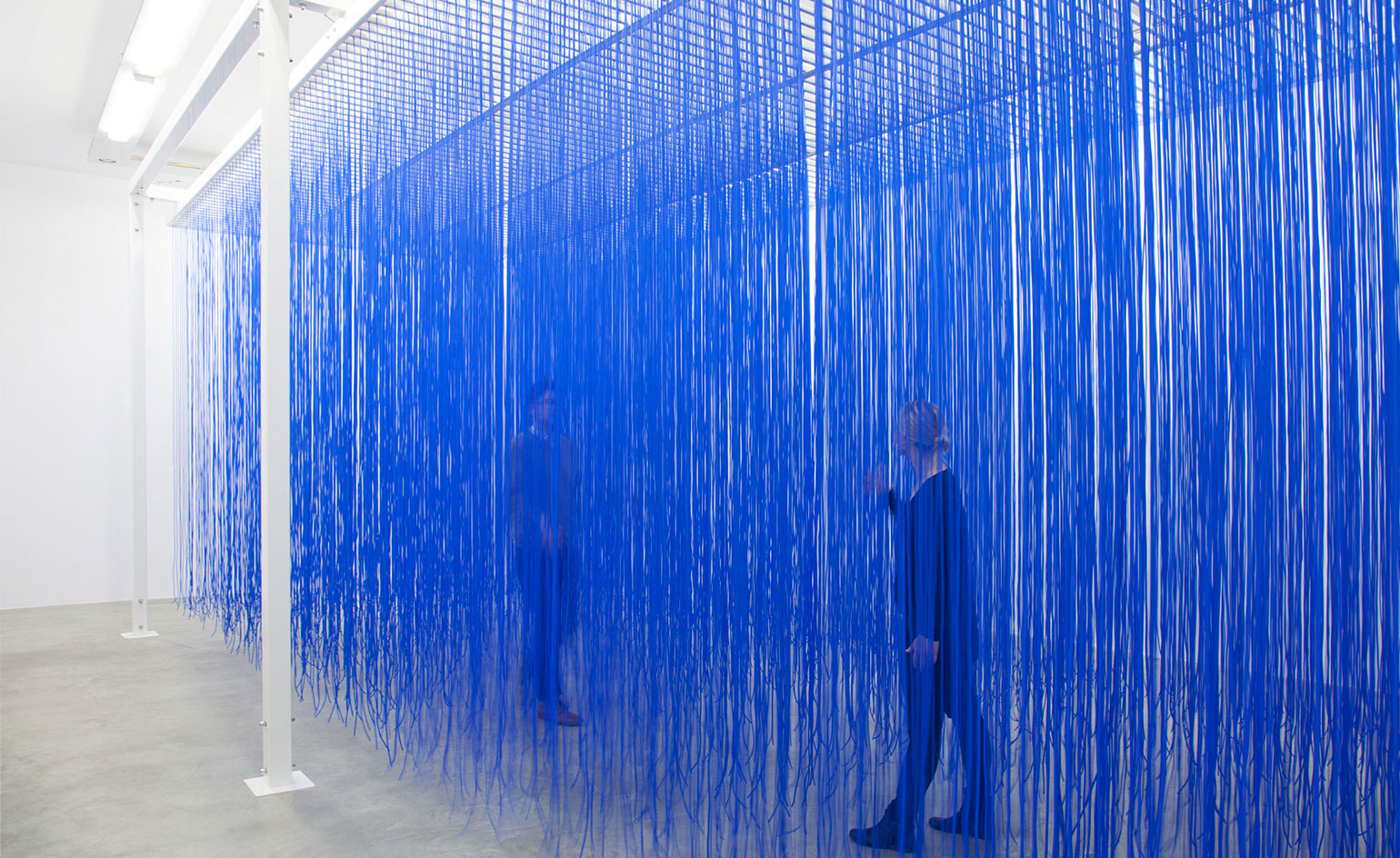
'Pénétrable BBL bleu', 1999, invites viewers to swish through its baleen-like grid of PVC tubes suspended from a garage-sized metal frame.
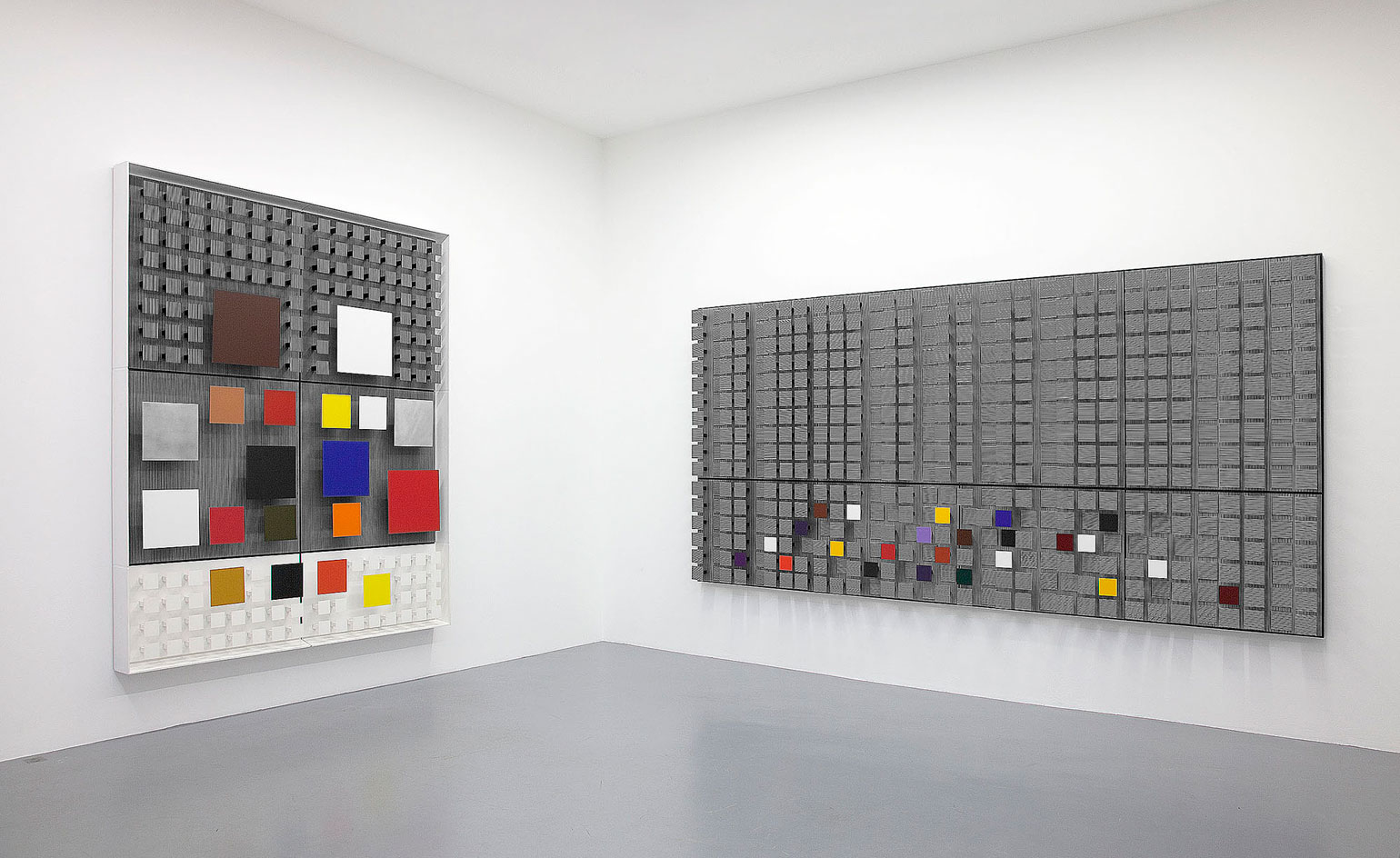
Galerie Perrotin's staging of a double Soto retrospective represents a major opportunity to reflect on the artist’s contribution to modern art - specifically the dynamism of his complex and kinetically charged arrangements.
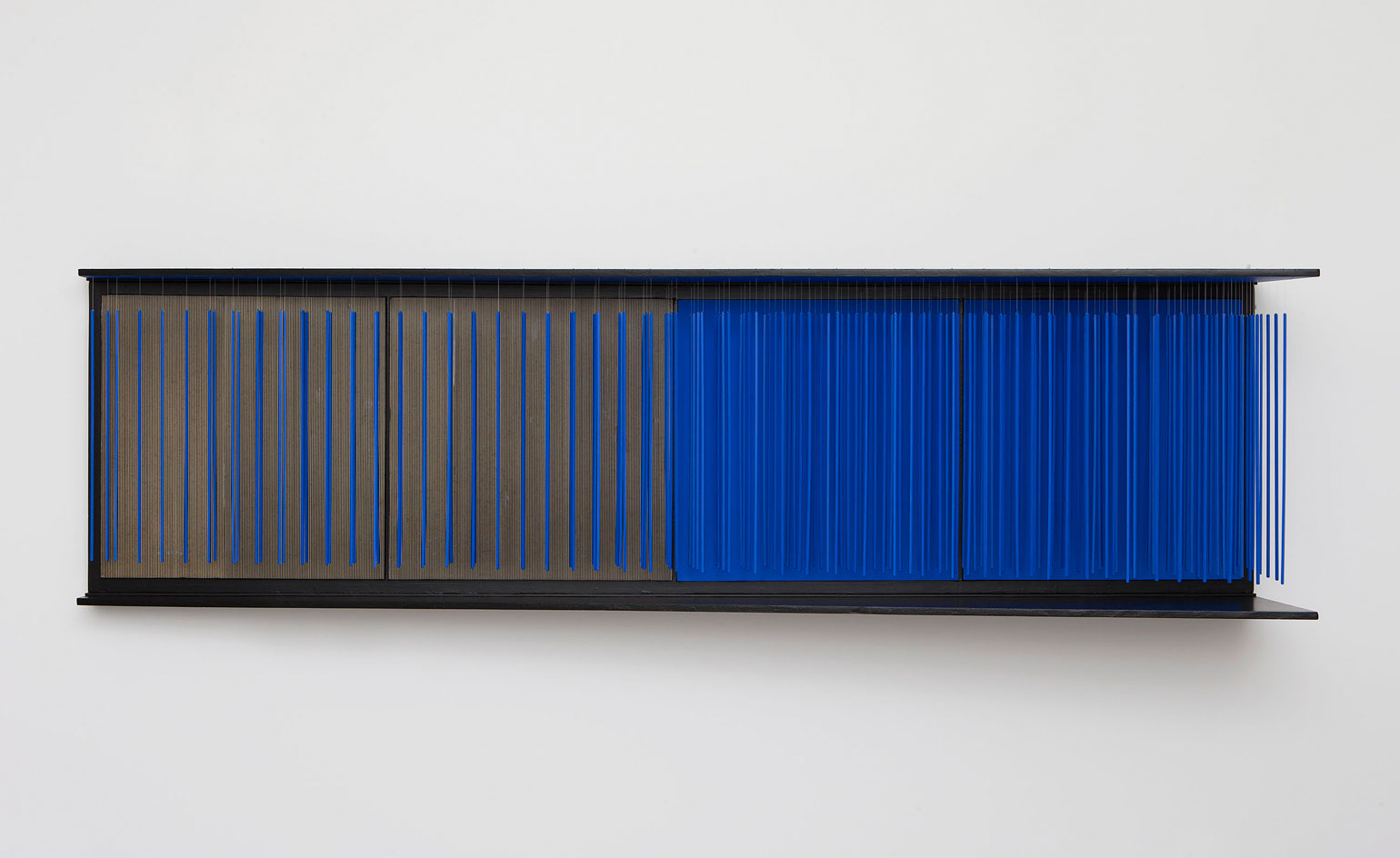
'Untitled, (Mur bleu)', 1966. Born in Venezuela, Soto moved to Paris in 1950, which also marked his shift towards a distinctly abstract style that furthered ideas developed by Piet Mondrian, Alexander Calder and Lazló Moholy-Nagy.
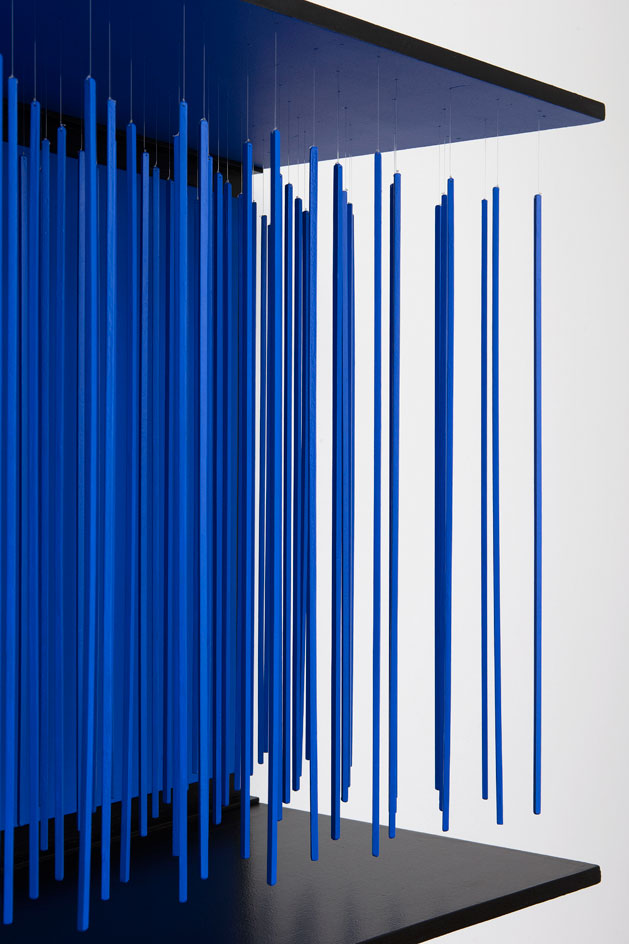
Detail of 'Untitled, (Mur bleu)', 1966.
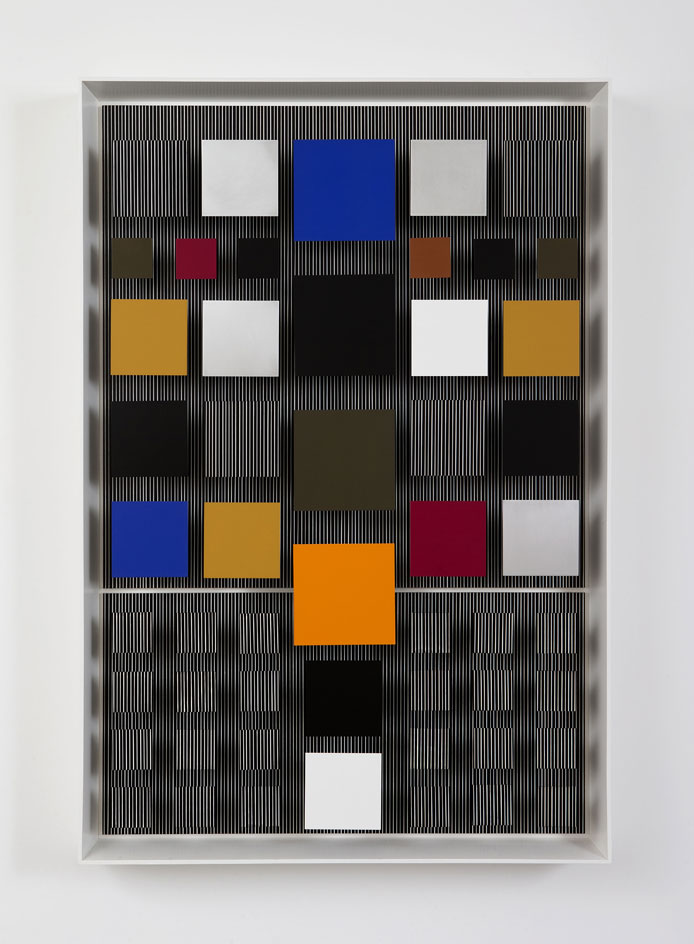
'Untitled (Ambivalencia en el espacio color n°12)', 1981.
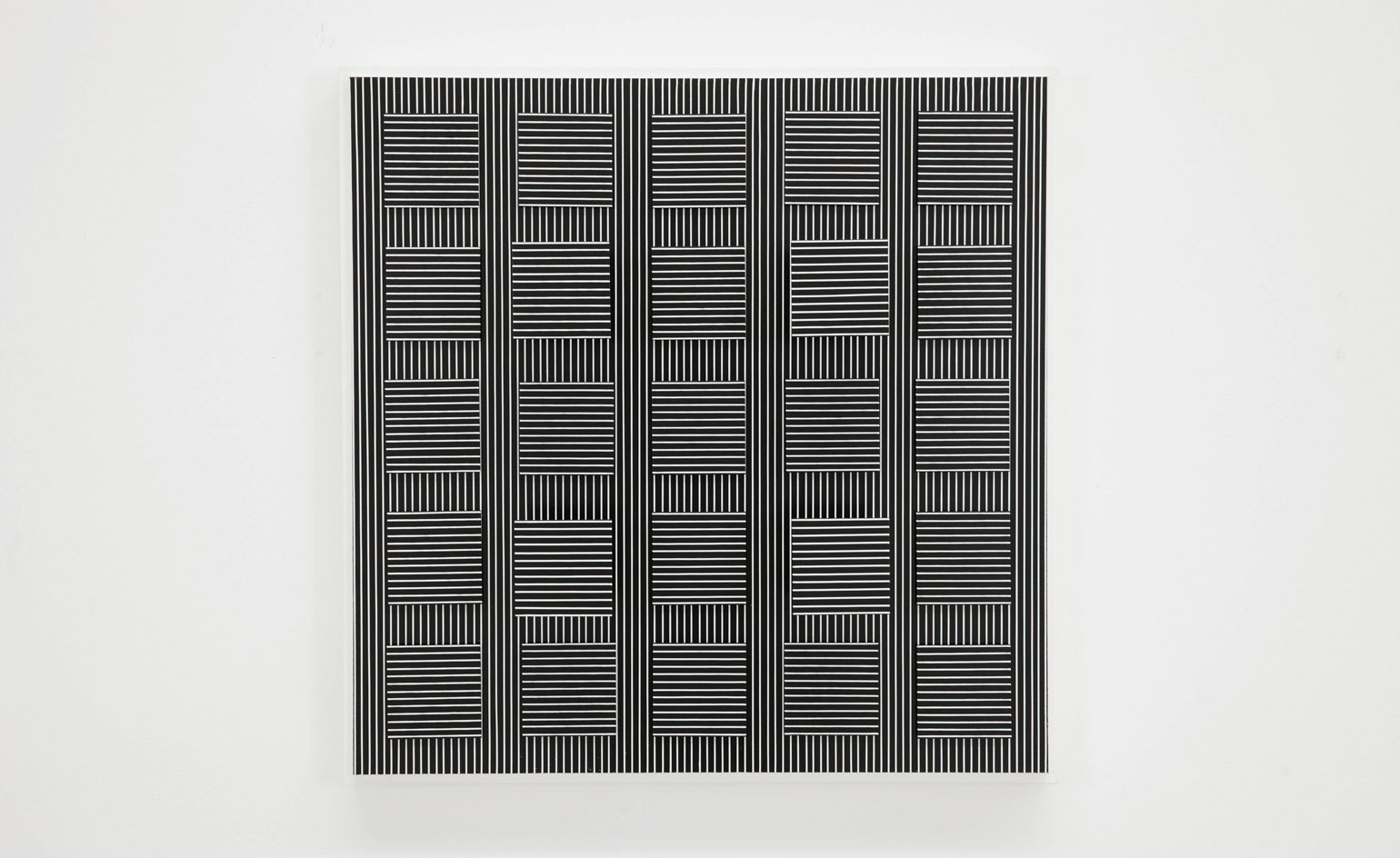
'Cuadrados en vibración', 1990.
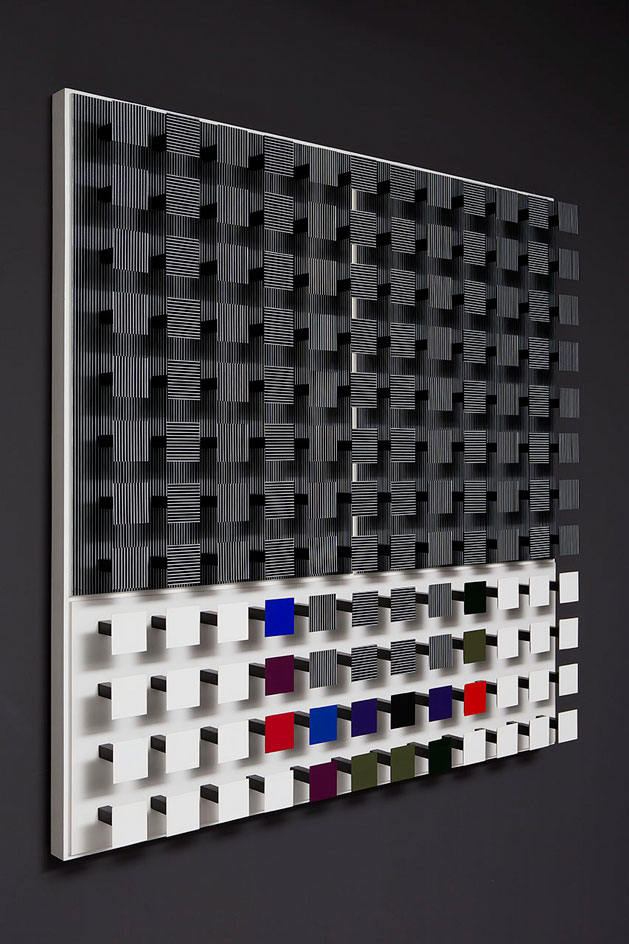
'Color abajo', 1991.
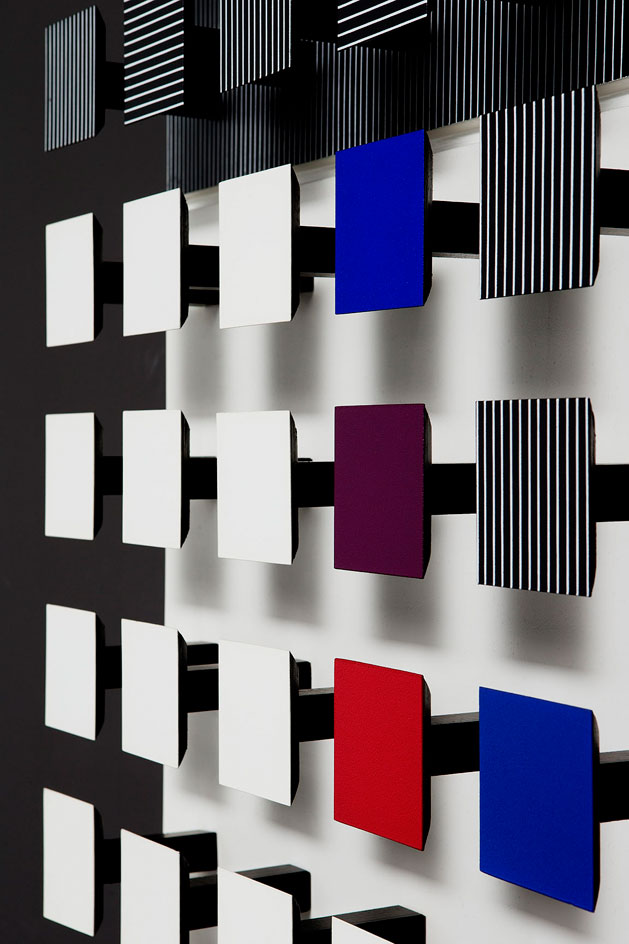
Detail of 'Color abajo', 1991.
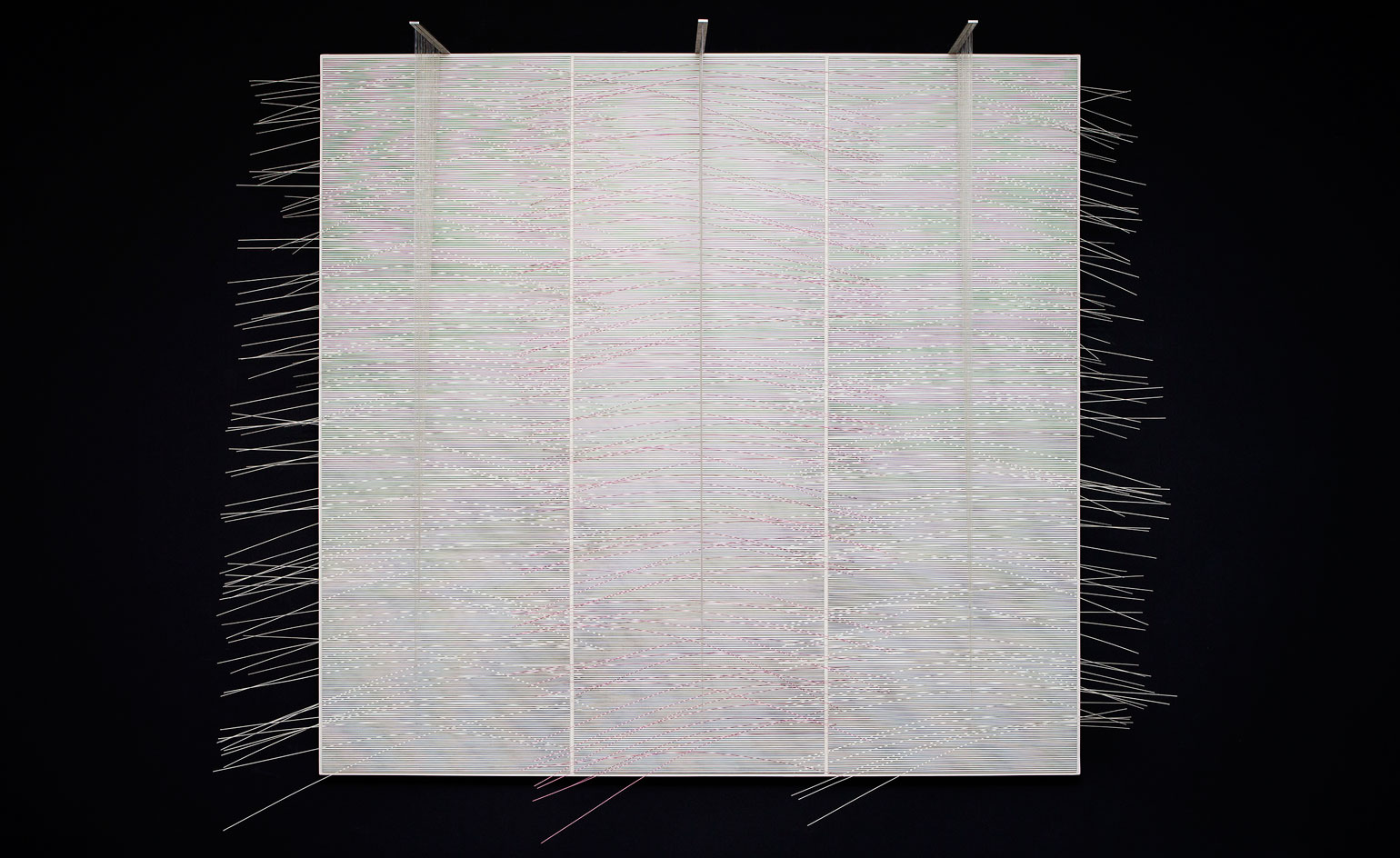
Other works, such as 'Columna rosa', 1973, are filled with swirling metal reliefs, require shuffling back and forth to experience the vibratory effect.
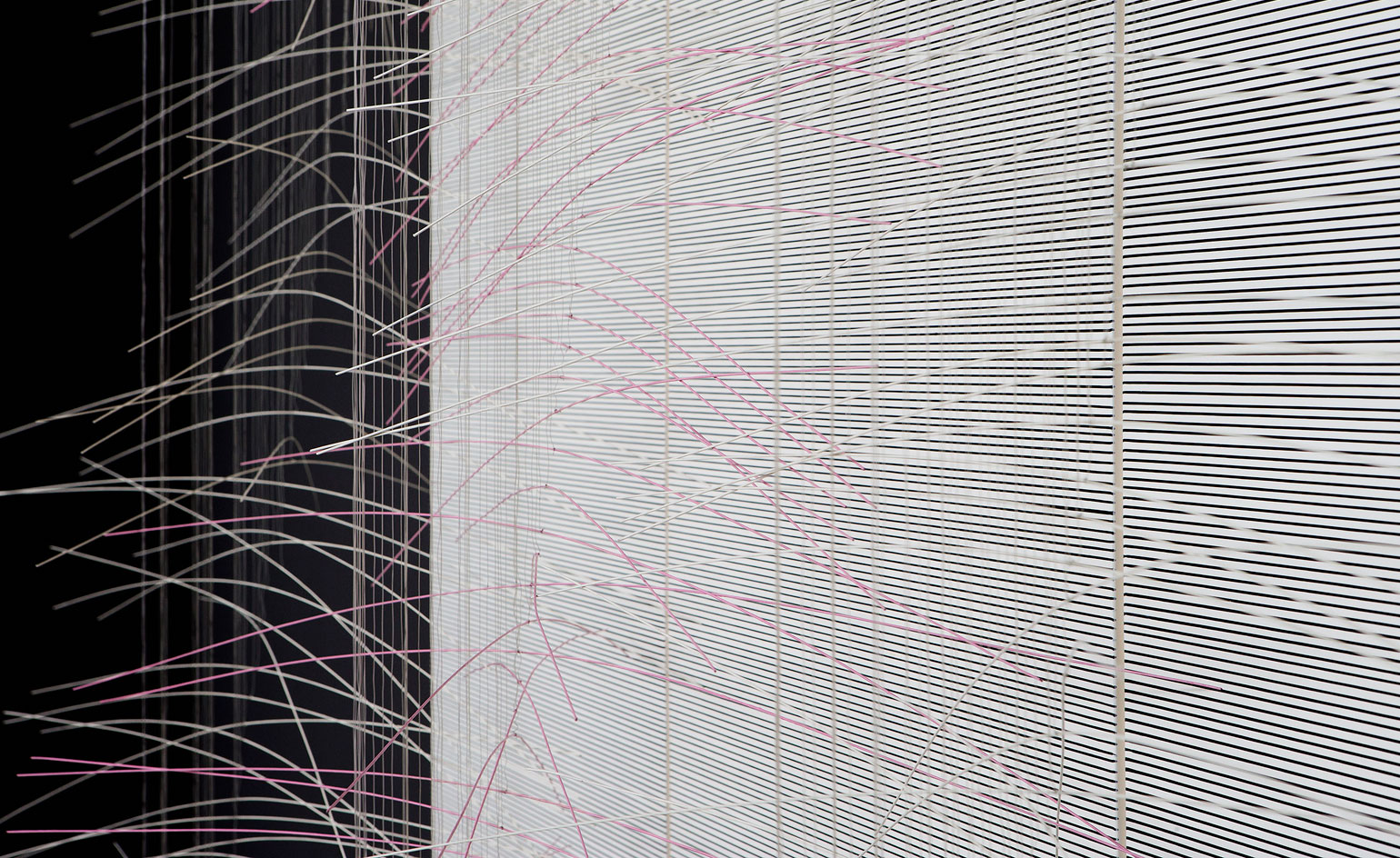
Detail of 'Columna rosa', 1973.
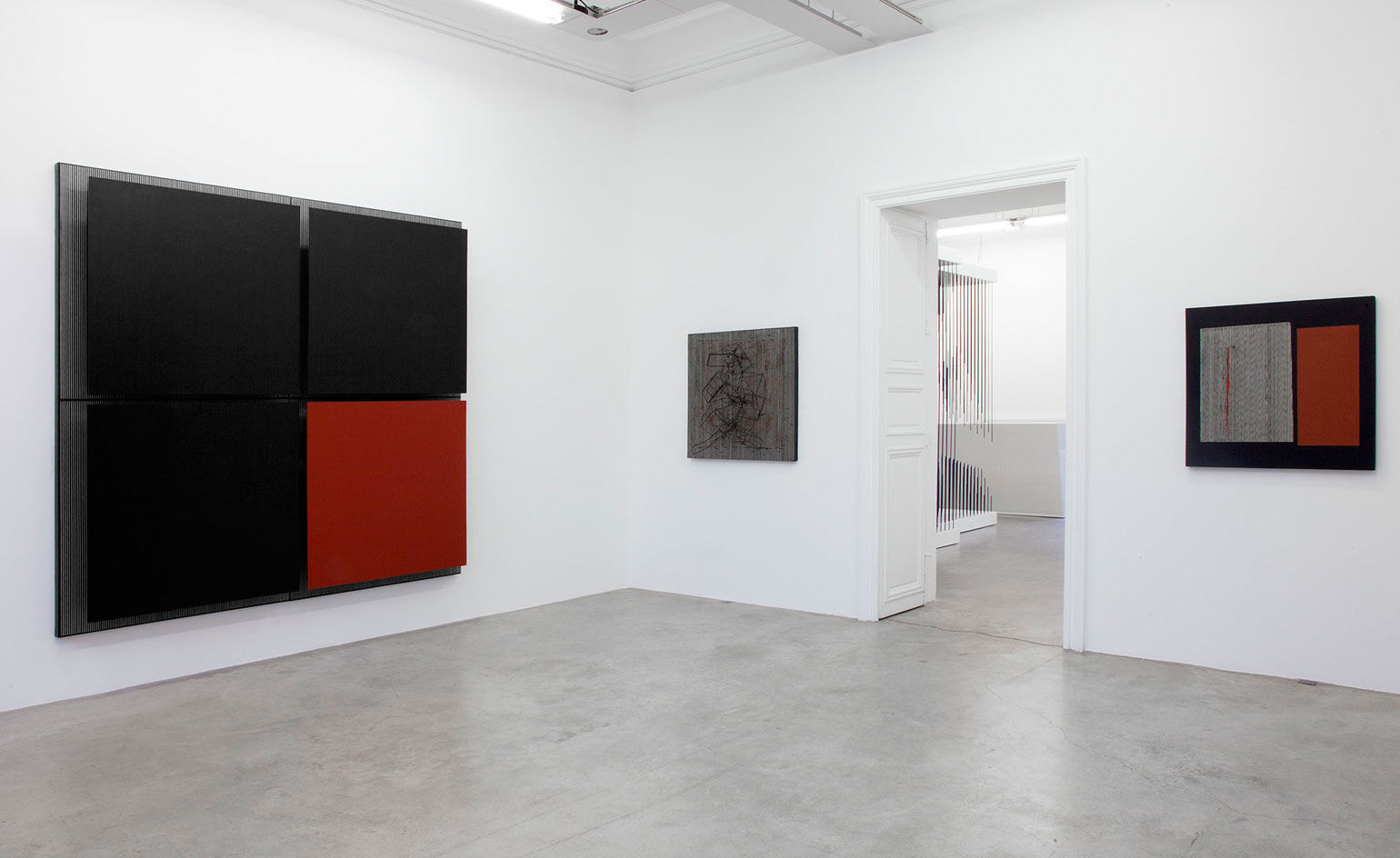
Of the nearly 60 exhibited works - in some cases, for sale - several have been made available by the artist’s estate, now represented by gallerist Emmanuel Perrotin...
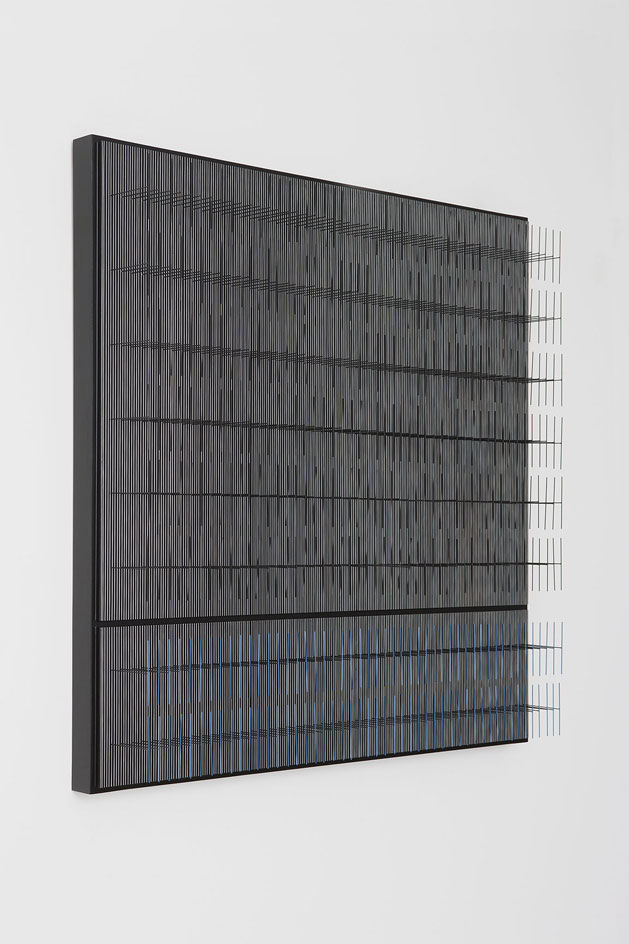
...while others are loans from international museums. Pictured is 'Tes negras y viola', 1994.
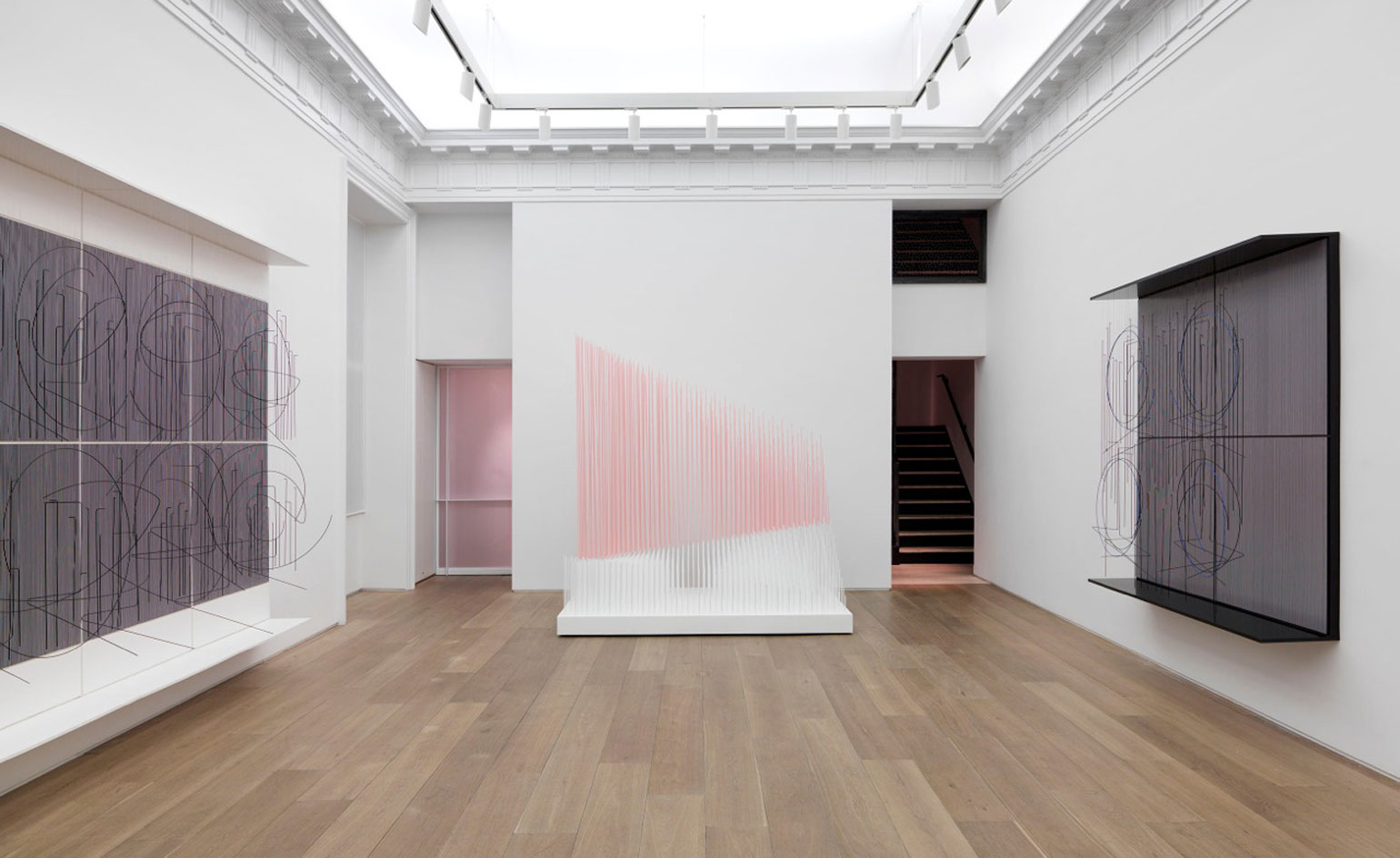
Installation view of the Soto retrospective at Galerie Perrotin New York
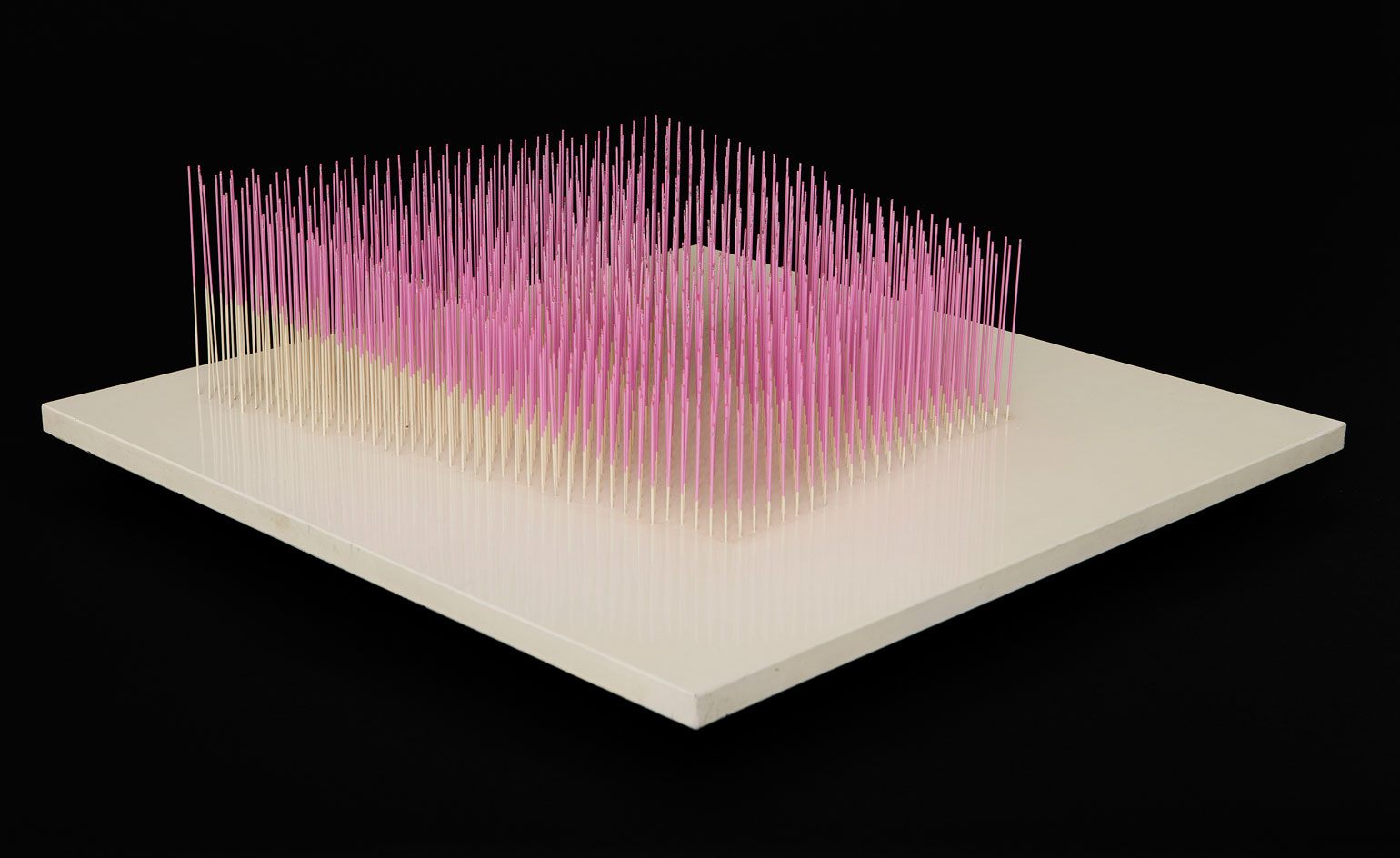
'Petite progression rose et blanche', 1976.
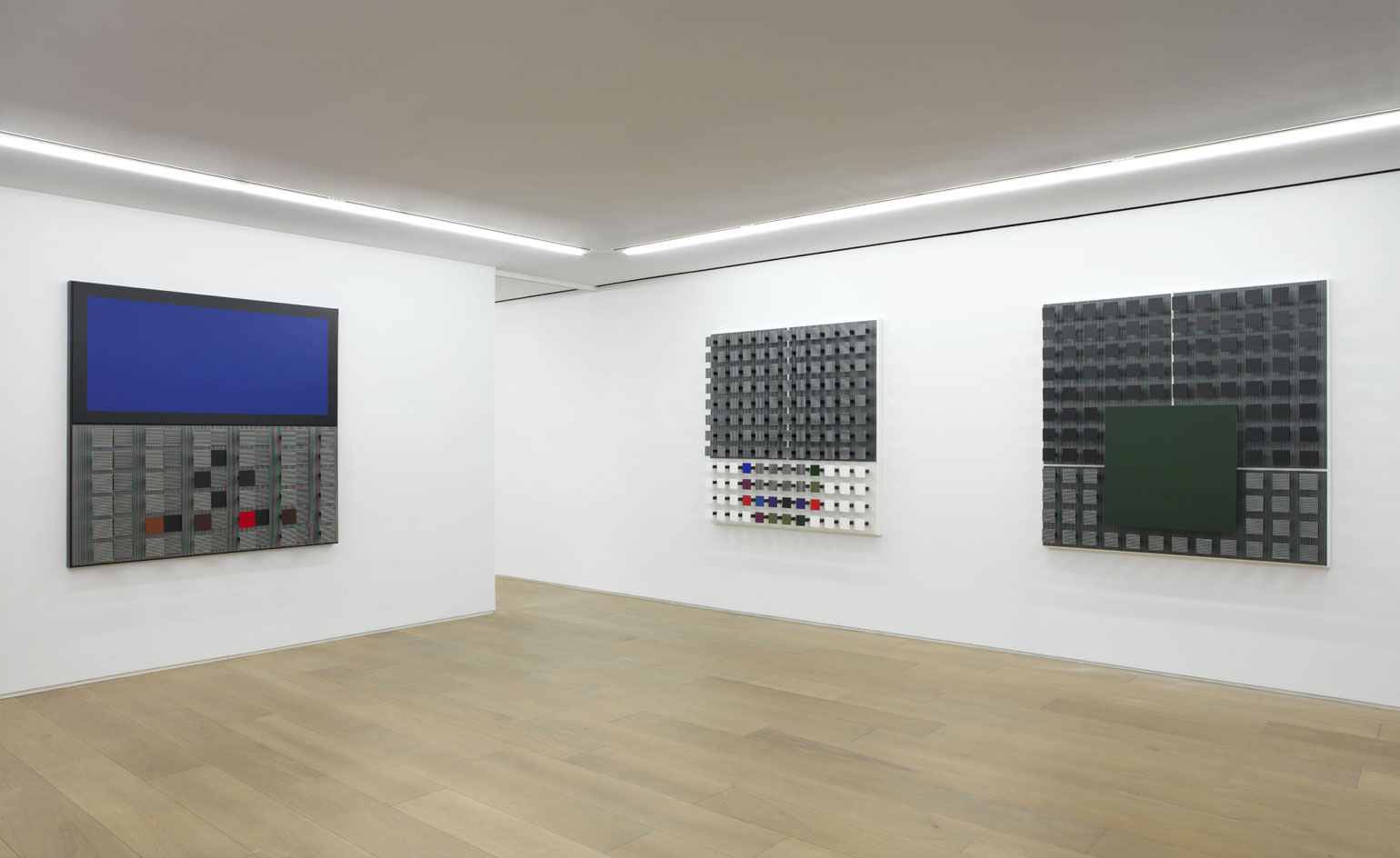
Soto added perceptual dimension to his 'paintings' so that wood panels would appear to advance and recede within their frames
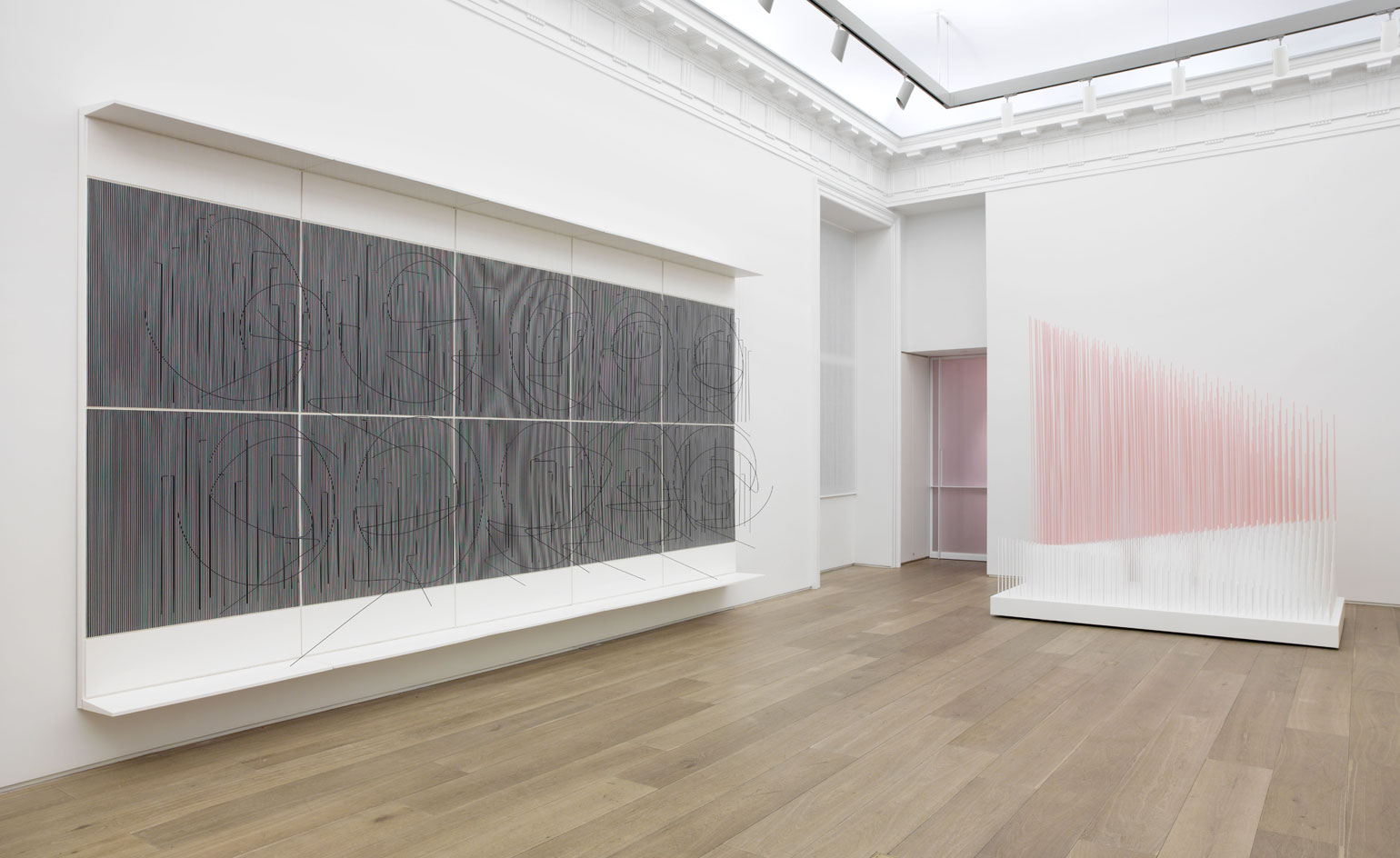
Installation view of the Soto retrospective at Galerie Perrotin New York
ADDRESS
Galerie Perrotin Paris
76 Rue de Turenne
75003 Paris
France
Receive our daily digest of inspiration, escapism and design stories from around the world direct to your inbox.
-
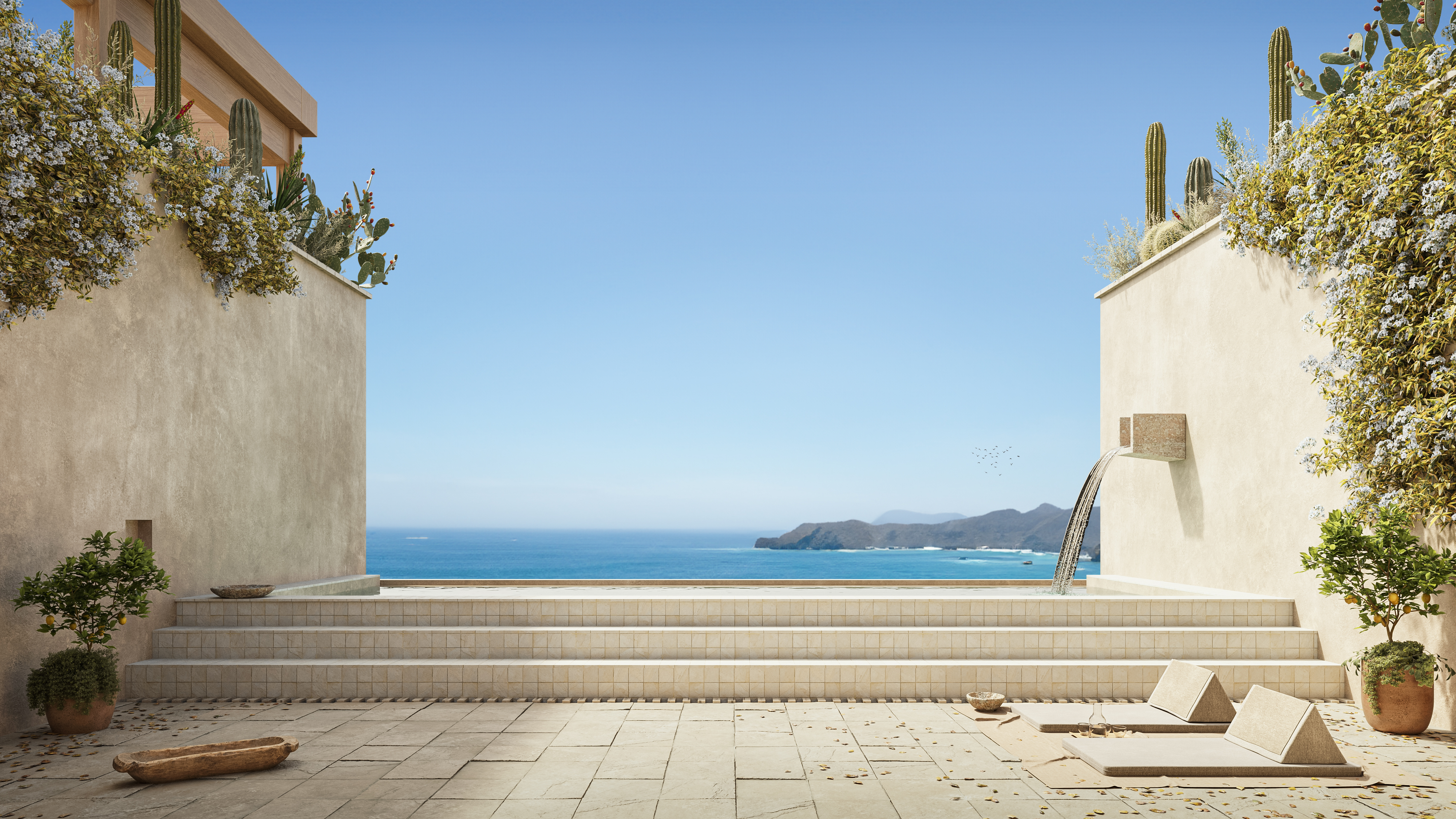 These Guadalajara architects mix modernism with traditional local materials and craft
These Guadalajara architects mix modernism with traditional local materials and craftGuadalajara architects Laura Barba and Luis Aurelio of Barbapiña Arquitectos design drawing on the past to imagine the future
-
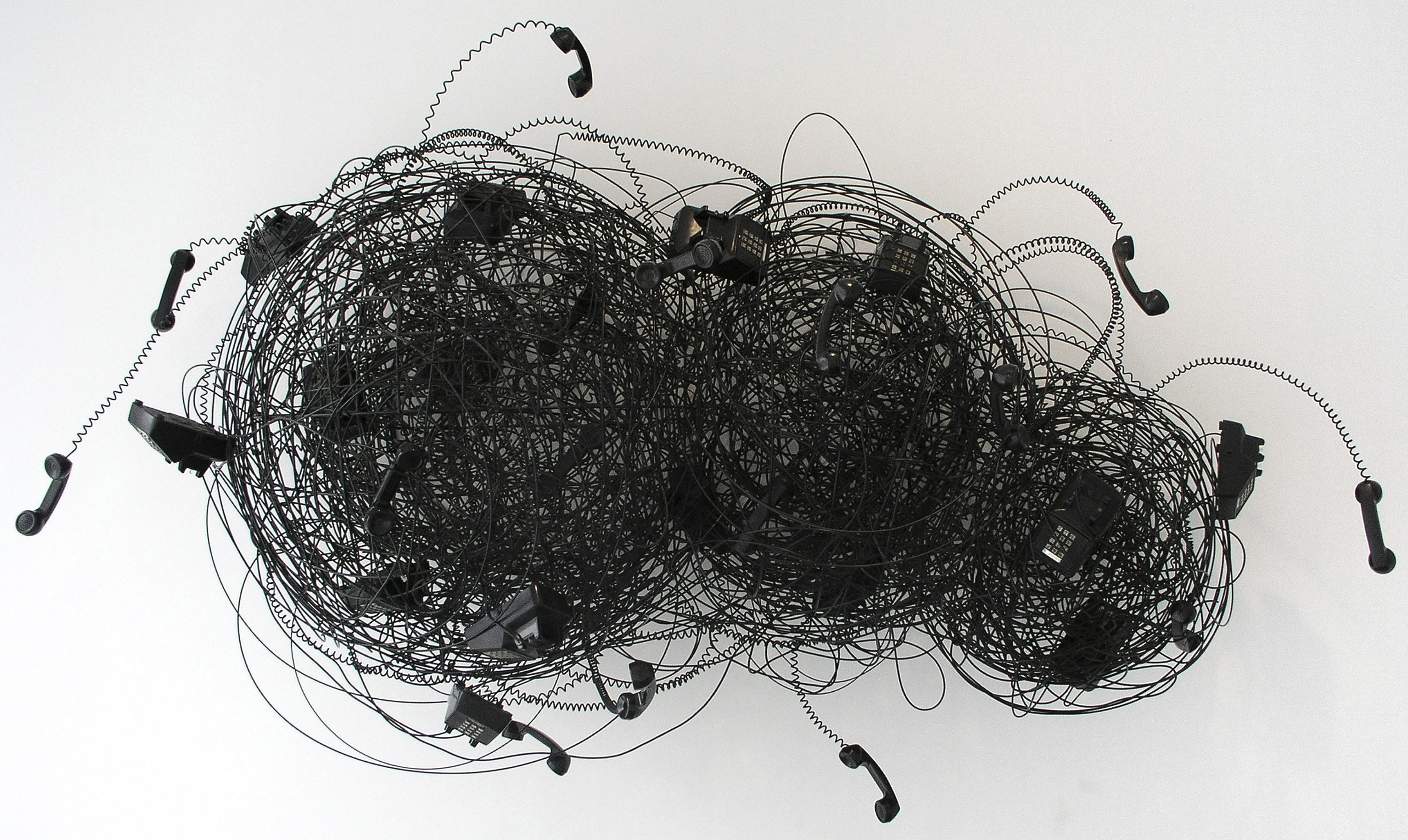 Robert Therrien's largest-ever museum show in Los Angeles is enduringly appealing
Robert Therrien's largest-ever museum show in Los Angeles is enduringly appealing'This is a Story' at The Broad unites 120 of Robert Therrien's sculptures, paintings and works on paper
-
 The Wallpaper* style team recall their personal style moments of 2025
The Wallpaper* style team recall their personal style moments of 2025In a landmark year for fashion, the Wallpaper* style editors found joy in the new – from Matthieu Blazy’s Chanel debut to a clean slate at Jil Sander
-
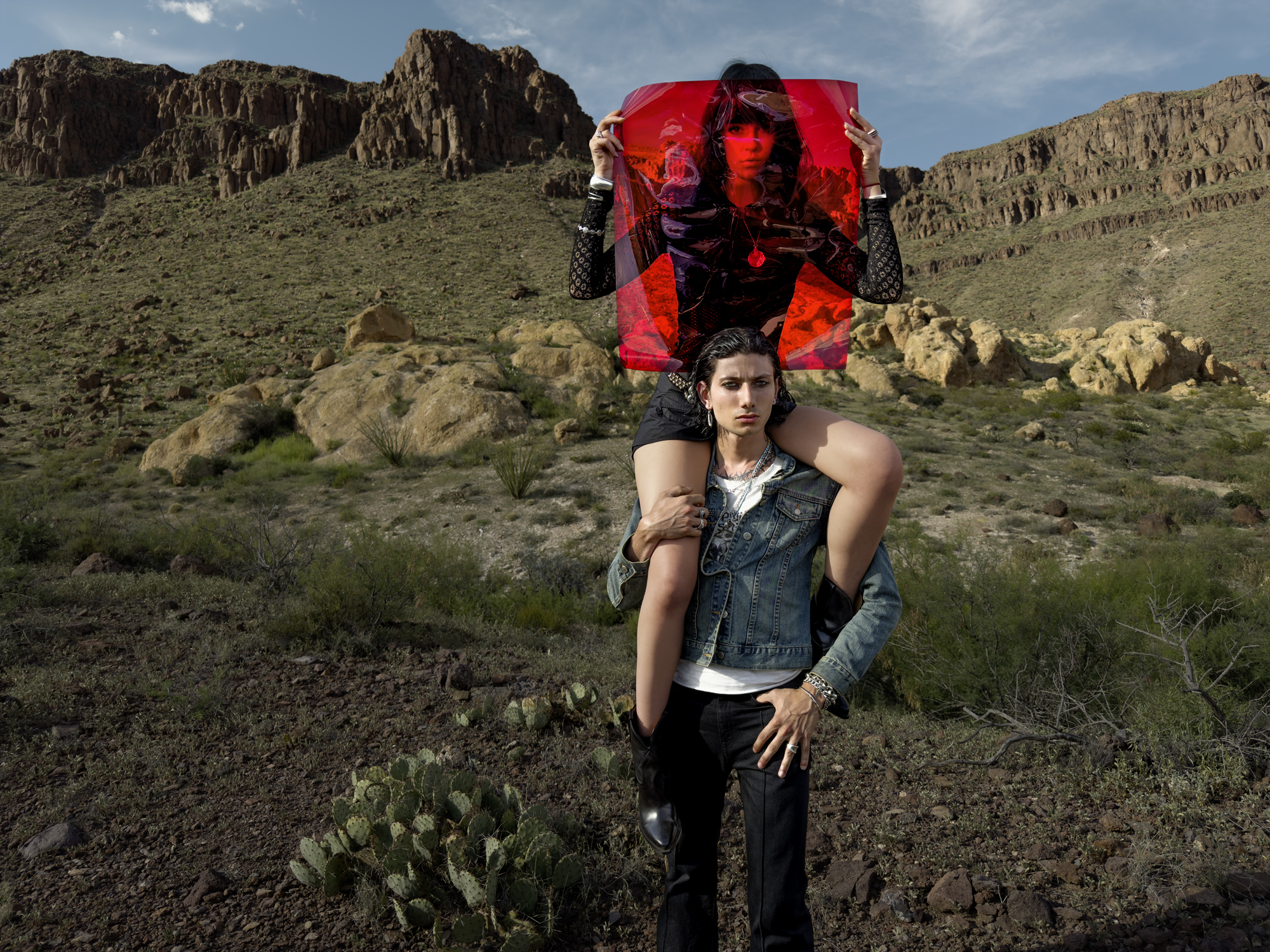 Inez & Vinoodh unveil romantic new photography series in Paris
Inez & Vinoodh unveil romantic new photography series in ParisA series of portraits of couple Charles Matadin and Natalie Brumley, created using an iPhone in Marfa, Texas, goes on show in Paris
-
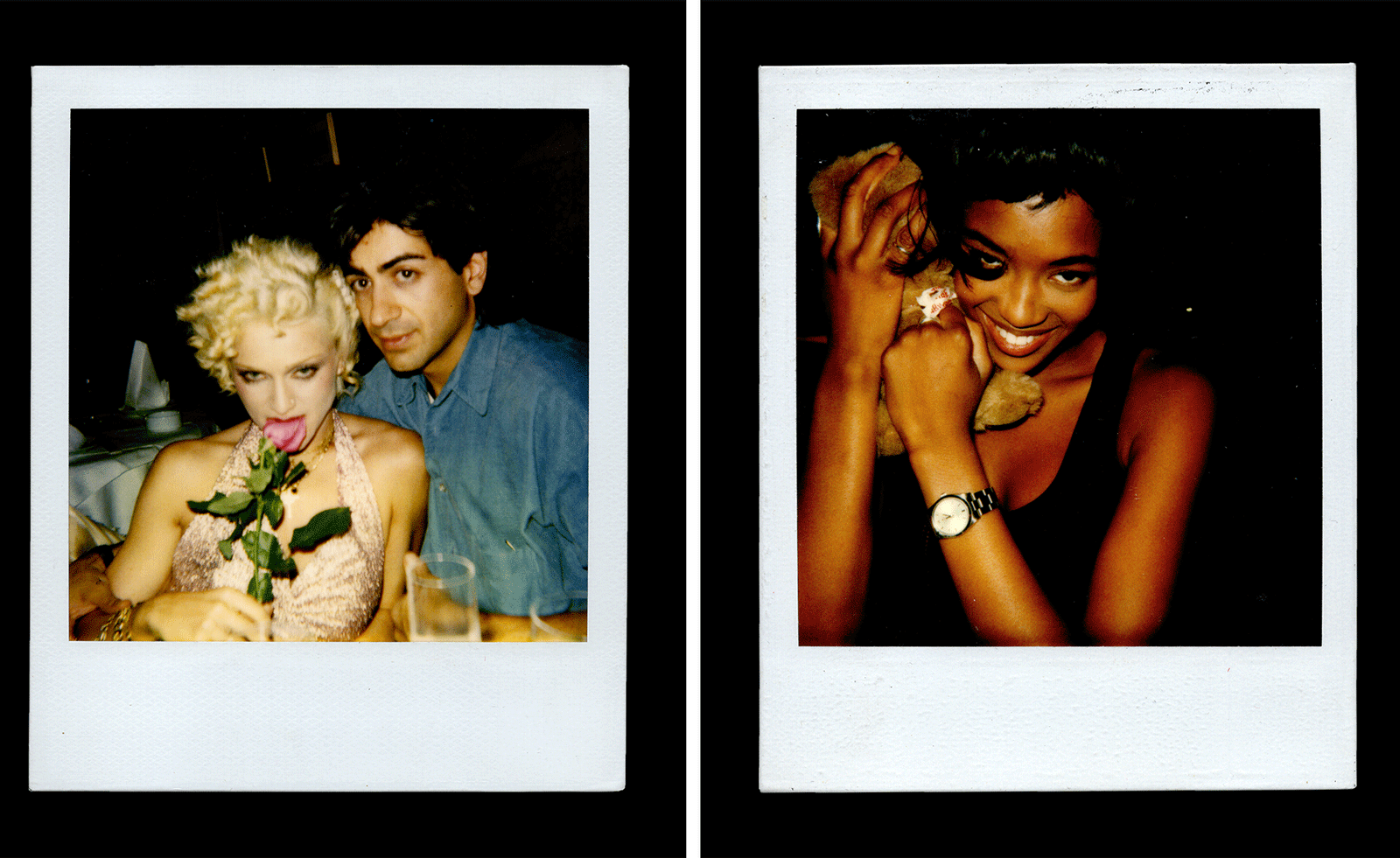 Inside Davé, Polaroids from a little-known Paris hotspot where the A-list played
Inside Davé, Polaroids from a little-known Paris hotspot where the A-list playedChinese restaurant Davé drew in A-list celebrities for three decades. What happened behind closed doors? A new book of Polaroids looks back
-
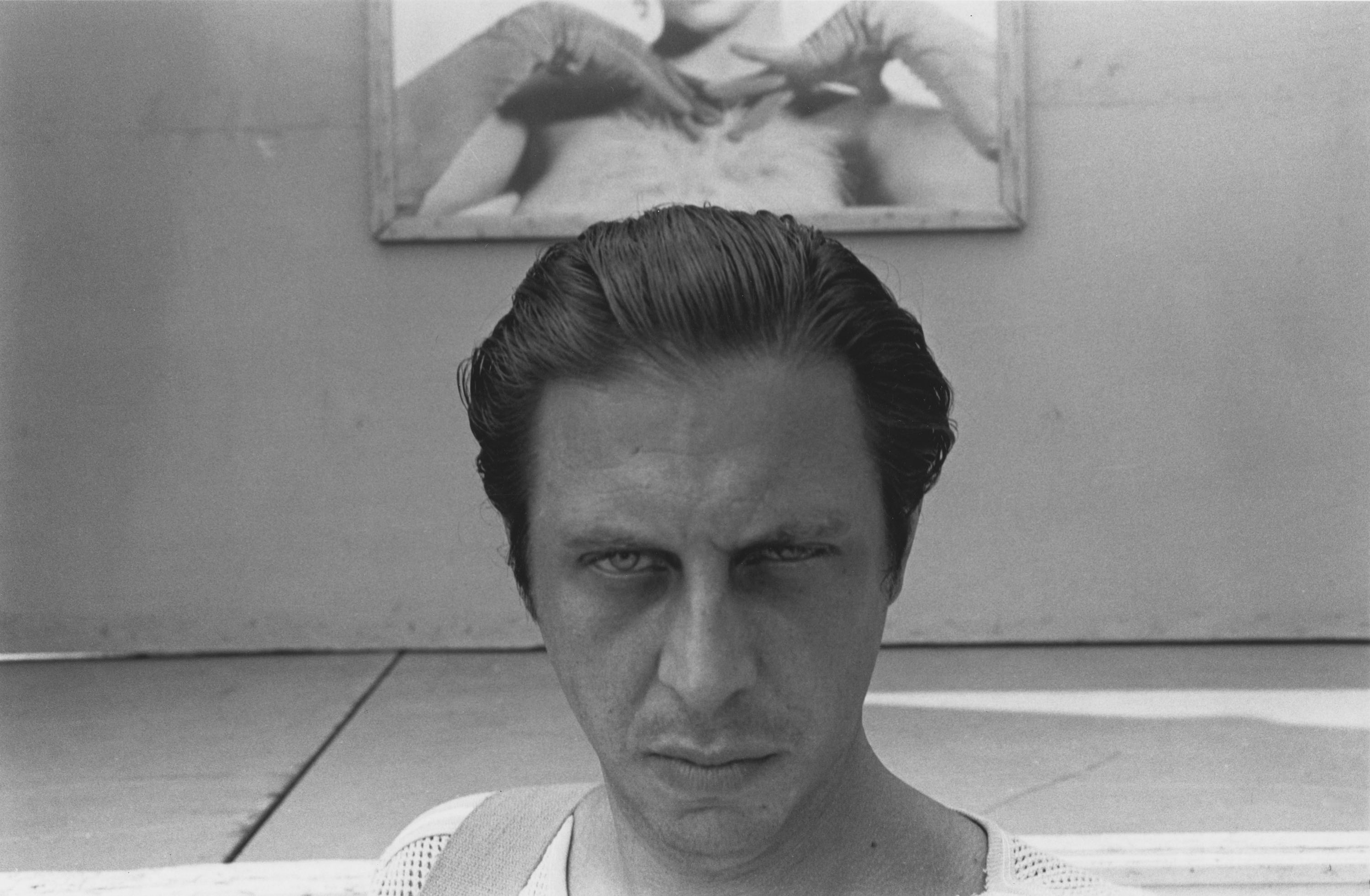 All eyes on Paris Photo 2025 – focus on our highlights
All eyes on Paris Photo 2025 – focus on our highlightsThe world's most important international photography fair brings together iconic and emerging names, galleries large and small – and there’s much to covet
-
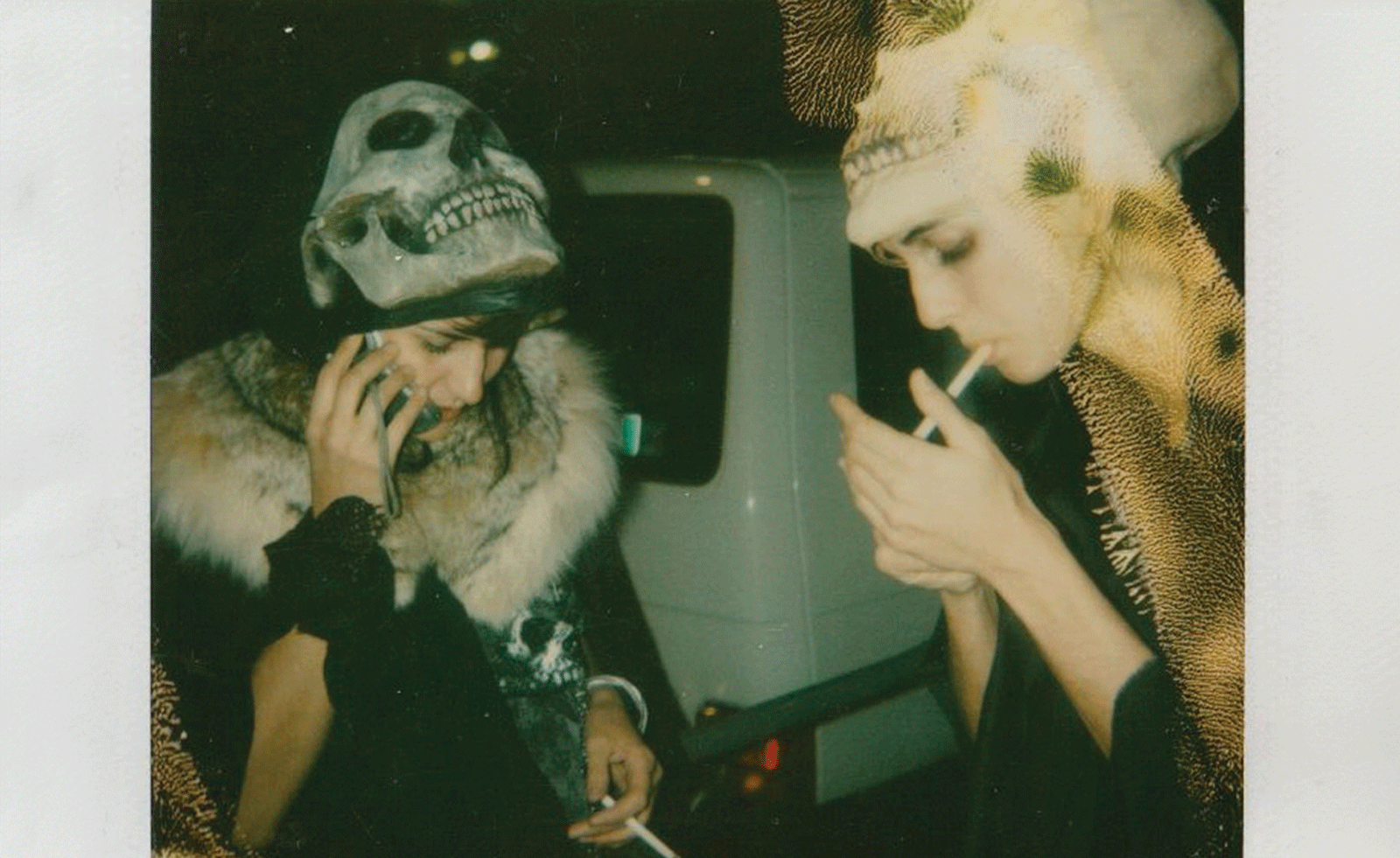 Ten things to see and do at Art Basel Paris 2025
Ten things to see and do at Art Basel Paris 2025Art Basel Paris takes over the city from 24-26 October. Here are the highlights, from Elmgreen & Dragset to Barbara Kruger and Dash Snow
-
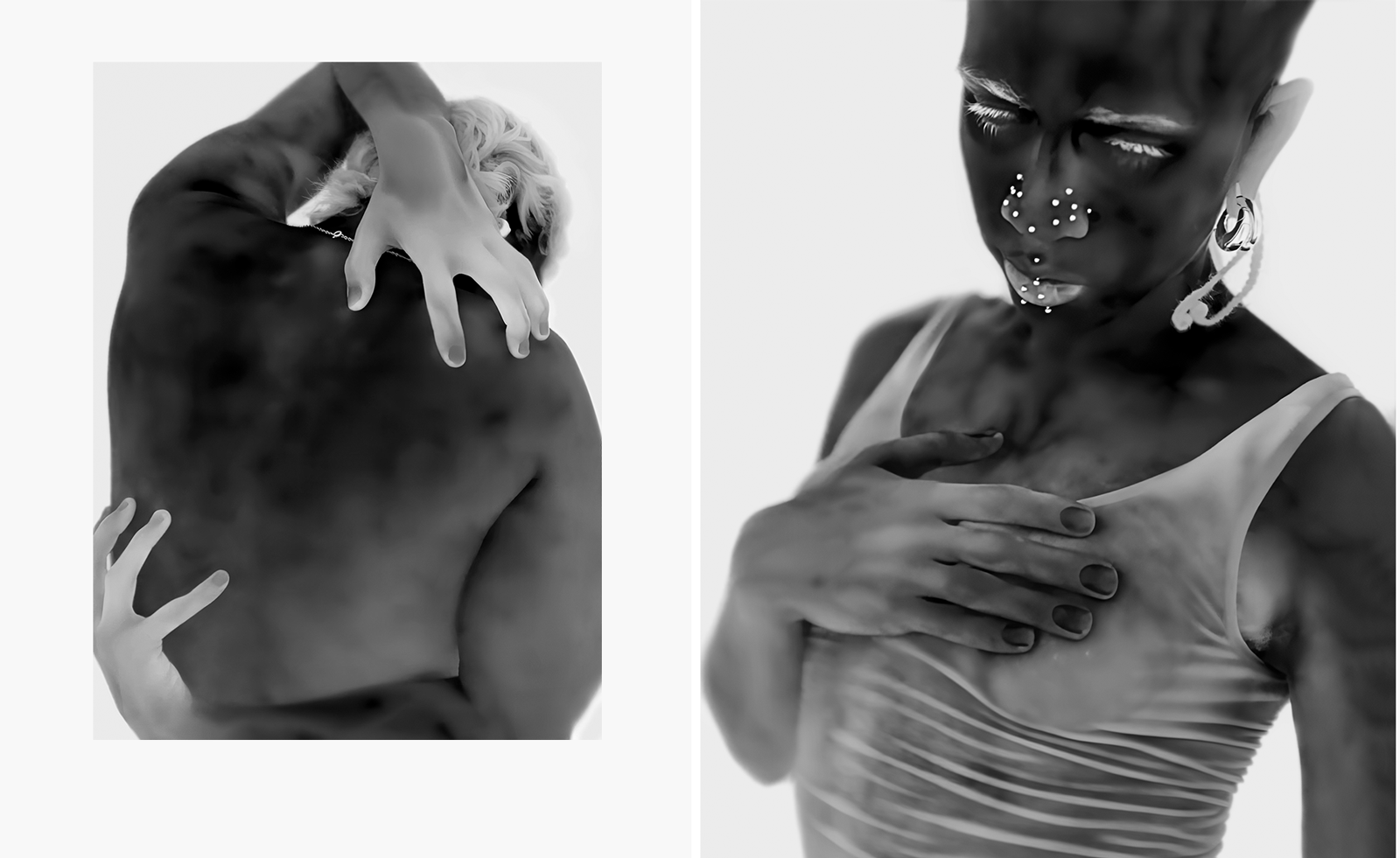 Yulia Mahr digs beneath the skin in her modern update of classic Greek statues in Paris
Yulia Mahr digs beneath the skin in her modern update of classic Greek statues in ParisIn 'The Church of Our Becoming', on view at the Courtyard at Dover Street Market Paris, Yulia Mahr celebrates real human bodies
-
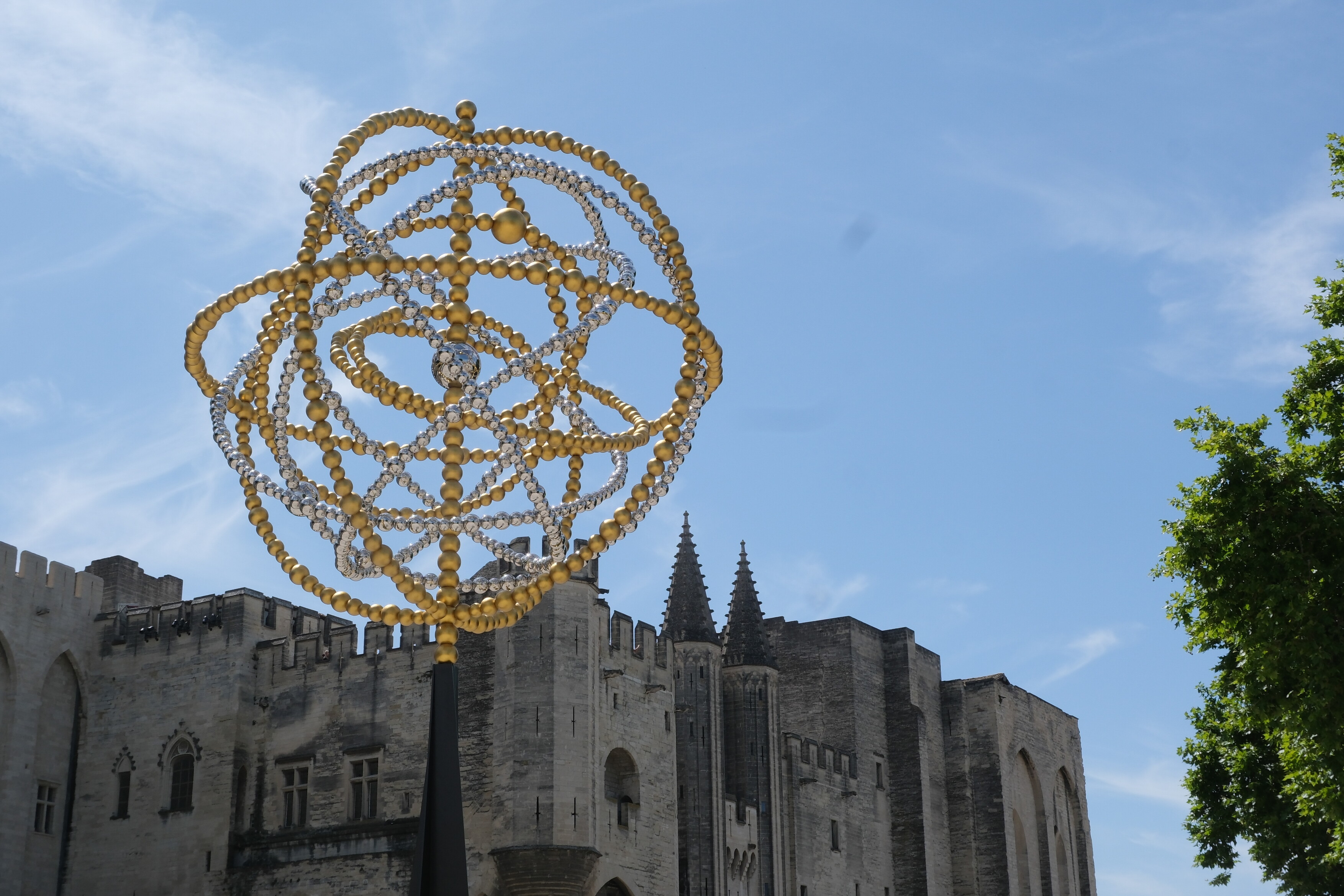 Jean-Michel Othoniel takes over Avignon for his biggest ever exhibition
Jean-Michel Othoniel takes over Avignon for his biggest ever exhibitionOriginally approached by Avignon to mark their 25th anniversary as the European Capital of Culture, Jean-Michel Othoniel more than rose to the challenge, installing 270 artworks around the city
-
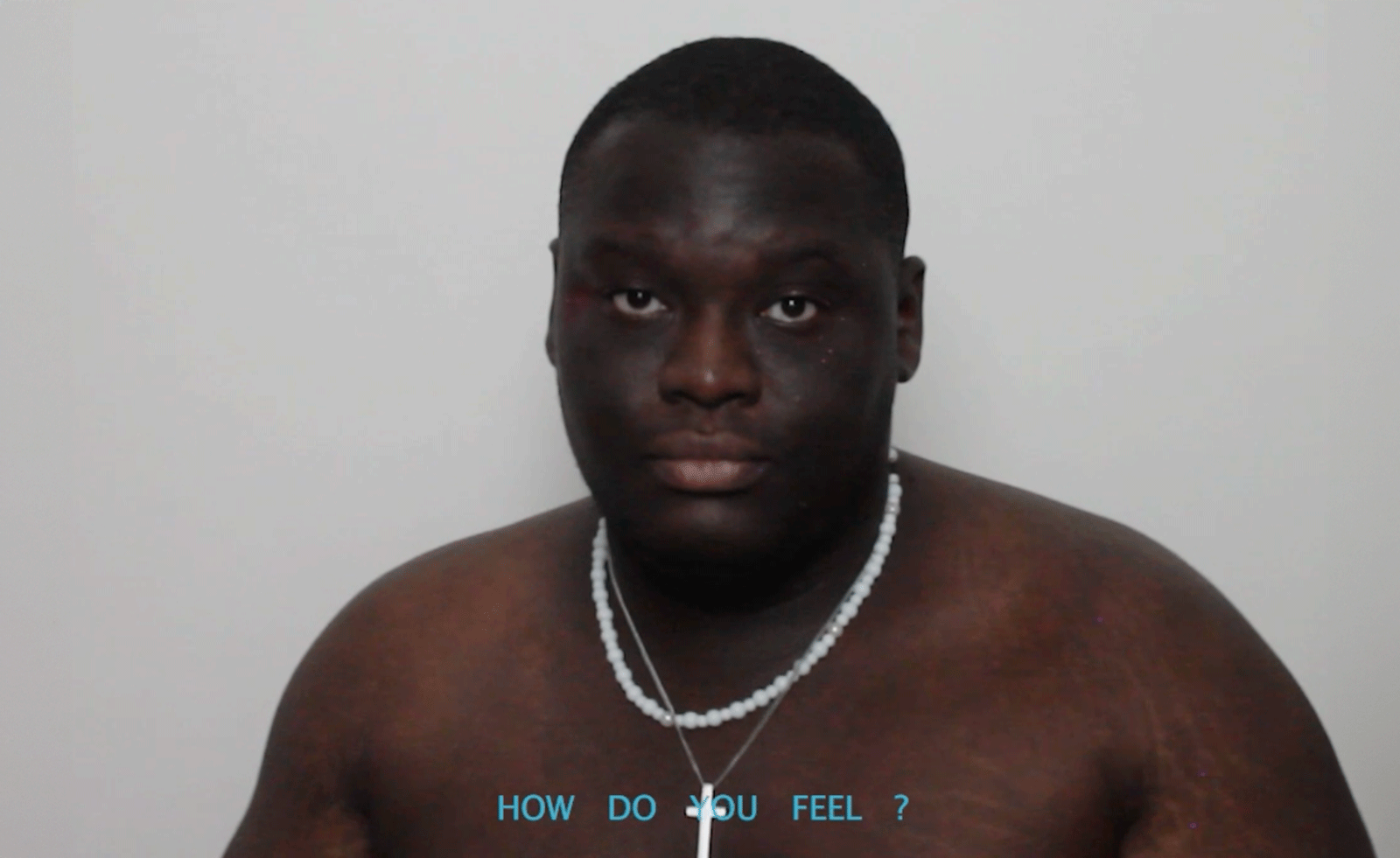 Joel Quayson’s winning work for Dior Beauty at Arles considers the theme ‘Face-to-Face’ – watch it here
Joel Quayson’s winning work for Dior Beauty at Arles considers the theme ‘Face-to-Face’ – watch it hereQuayson, who has won the 2025 Dior Photography and Visual Arts Award for Young Talents at Arles, imbues his winning work with a raw intimacy
-
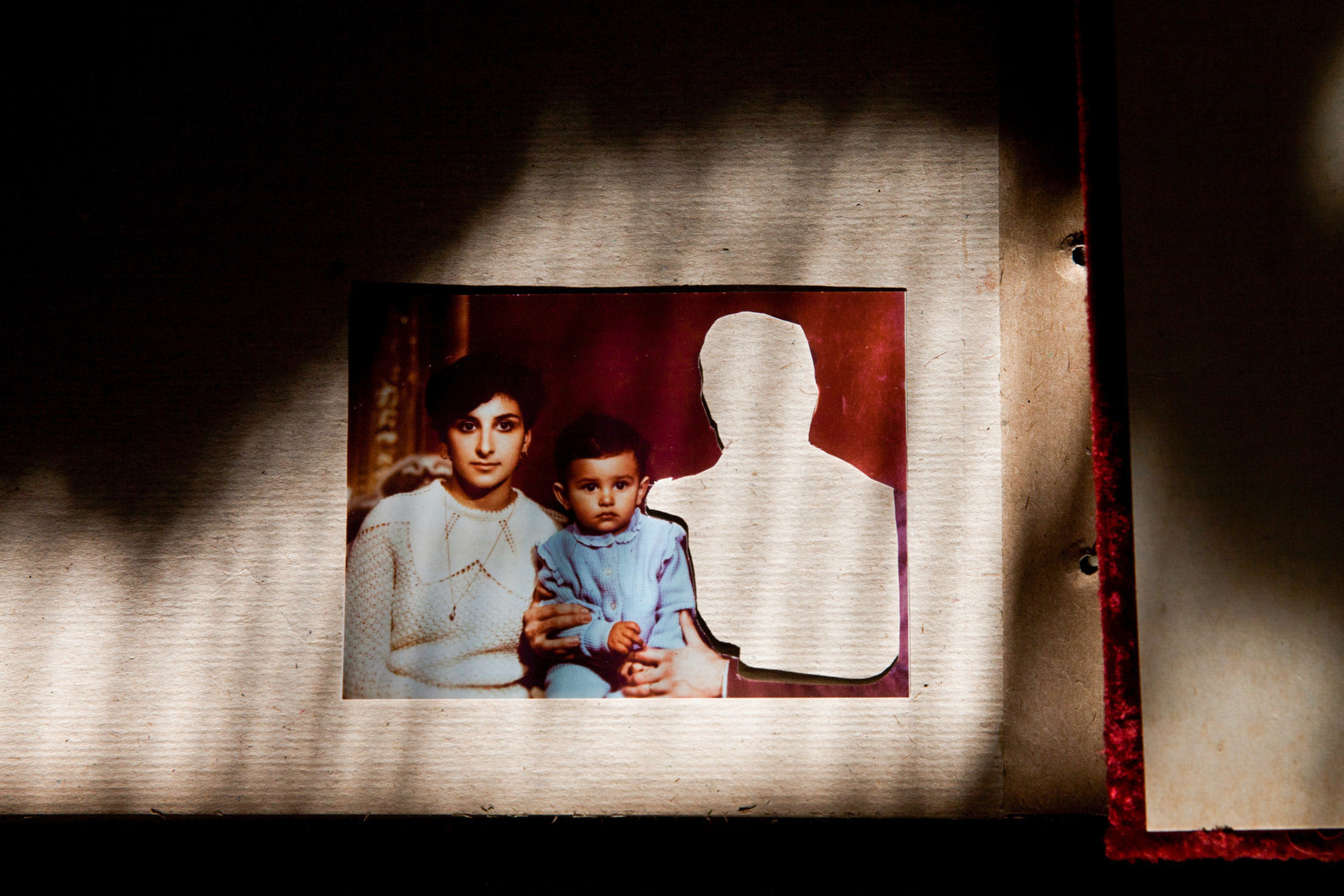 What to see at Rencontres d’Arles 2025, questioning power structures in the state and family
What to see at Rencontres d’Arles 2025, questioning power structures in the state and familySuppressed memories resurface in sharply considered photography at Rencontres d'Arles 2025. Here are some standout photographers to see